8 Best Plants For Under Trees To Transform A Shady Landscape Under The Canopy
These plants for under trees will totally transform your shady landscape! Whether you want lush foliage, beautiful blooms, or easy-care ground cover, there’s a plant for every need.
Finding shade-loving plants for under trees can be a difficult task. As someone with a shady yard in both front and back, I understand the struggle to select plants that not only look beautiful but can also withstand heavy shade, dry soil, and intrusive tree roots.
That's why we rounded up our favorite plants for under trees to save you the headache of hunting them down yourself. This list includes plants with colorful foliage, delicate flowers, simple care requirements, and multi-season interest.
Let’s take a look at 8 amazing plants that thrive under trees.
1. Ferns
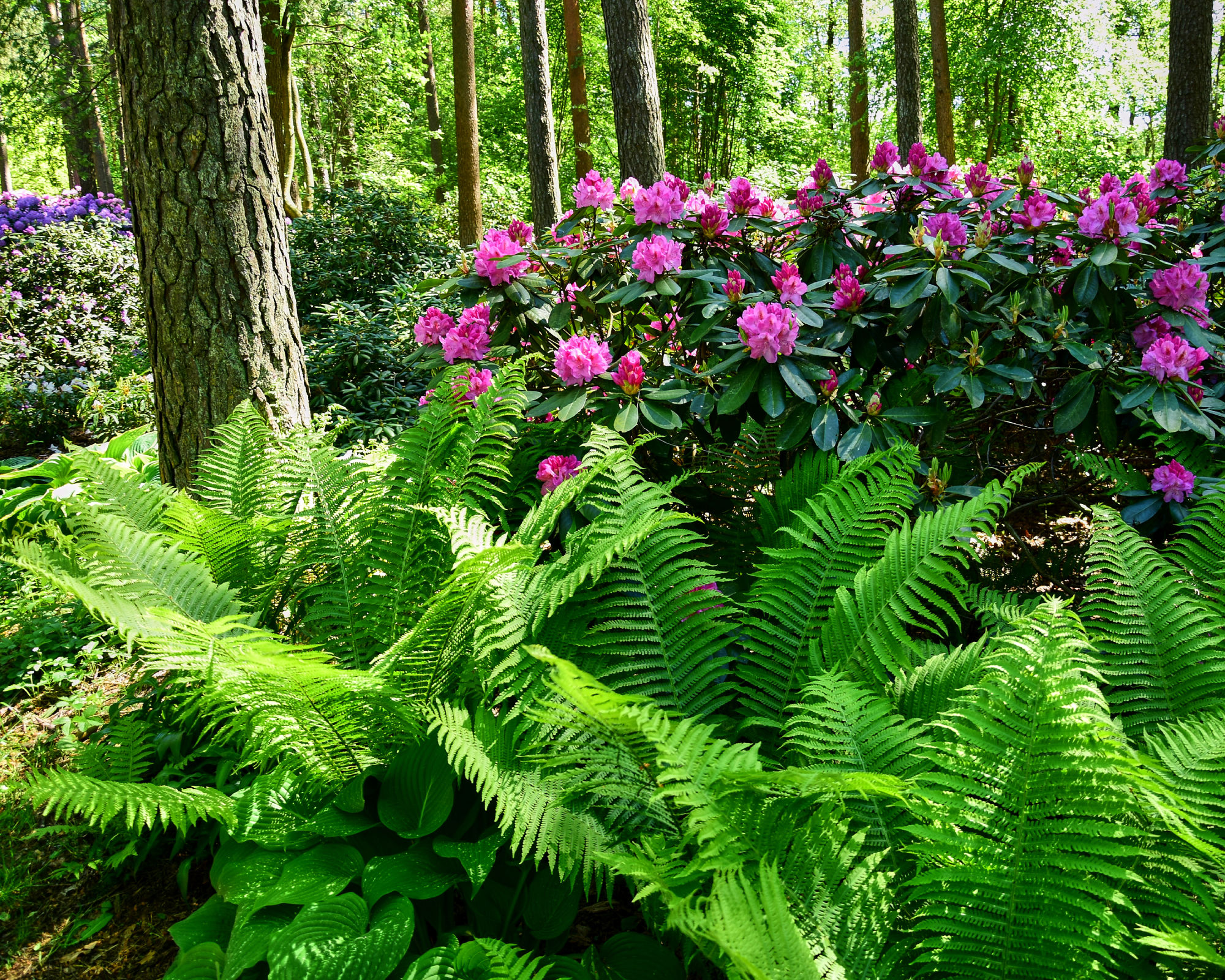
- Zones: 3-8
- Light Requirements: Part to full shade
- Special Features: Rabbit resistant
Shade-loving outdoor ferns add lush greenery to the understory of any tree. They are available in a variety of shapes and sizes, from delicate maidenhair ferns to robust ostrich ferns that spread nicely under trees.
These low-maintenance, shade-tolerant perennials thrive in dappled light and their deep root systems allow them to not only compete for water and nutrients, but withstand fluctuations in moisture levels and soil quality. Hardy perennial ferns add texture, depth, and visual interest to any shade garden.
2. Hosta

- Zones: 3-9
- Light Requirements: Part to full shade
- Special Features: Blooms attract pollinators
Growing hostas is a simple solution for difficult garden areas. From dry soil to heavy shade, hostas are adaptable and a favorite amongst gardeners. They are low-maintenance and require little care once established, making them one of the best perennials to plant around trees.
Highly prized for their attractive foliage, hostas come in a wide range of colors, textures and sizes. With both small and large varieties that come in green, blue, yellow, and variegated, these leafy plants add visual interest to any garden setting.
Gardening tips, videos, info and more delivered right to your inbox!
Sign up for the Gardening Know How newsletter today and receive a free copy of our e-book "How to Grow Delicious Tomatoes".
3. Hellebore
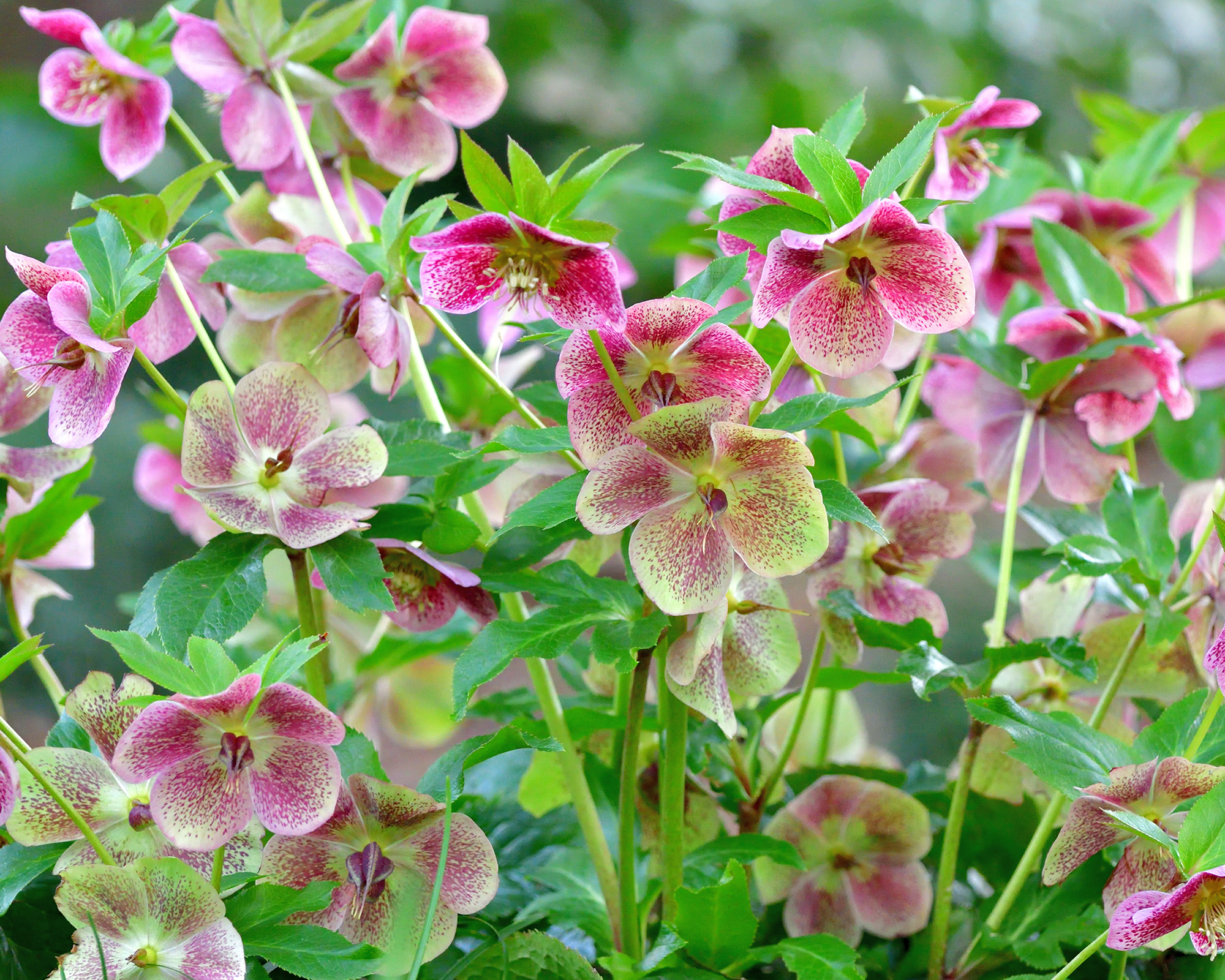
- Zones: 4-9
- Light Requirements: Part to full shade
- Special Features: Drought tolerant
Hellebores, sometimes known as Lenten roses, are another excellent choice for shaded areas. Not only are they known for their resilience and ability to withstand challenging growing conditions, such as under the canopy of trees. But they are also sought after for their early season blooms, which provide a burst of color when little else is flowering.
Hellebore flowers come in a variety of shades, including white, pink, purple, and green, and many varieties boast intricate patterns and markings. Plus, their evergreen foliage provides year-round interest, making them an excellent choice for any shady setting.
4. Epimedium

- Zones: 5-8
- Light Requirements: Part to full shade
- Special Features: Evergreen foliage
Epimedium–also known as barrenwort, bishop’s hat, or fairy wings–is an often overlooked and under-appreciated ground cover for under trees. It is one of the few plants capable of surviving and thriving in dry shade.
Epimedium plants are a bit slow to establish but should not be missed, especially when in bloom. Their long sprays of charming flowers range in color from white to yellow to pink and bloom atop delicate-looking heart-shaped leaves that often have intricate patterns and colors.
5. Bleeding Hearts
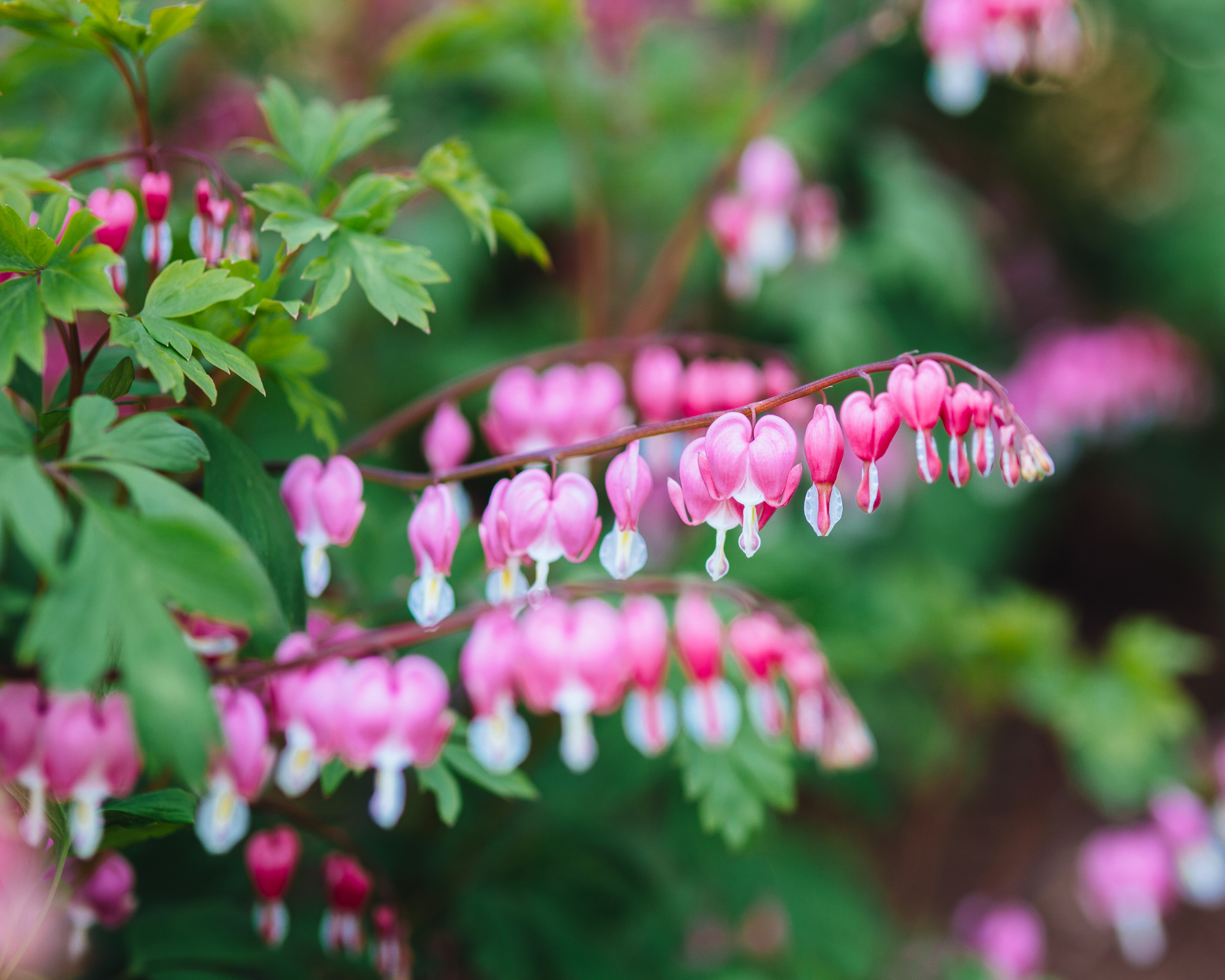
- Zones: 3-9
- Light Requirements: Part to full shade
- Special Features: Deer resistant
They may look too frail to flourish under the dry and difficult conditions under a tree canopy, but bleeding heart plants are tough! Also known by its Latin name, Dicentra, the bleeding heart is a favorite of mine, not only for its pretty foliage and flowers but its unique ability to adapt to less than ideal conditions.
This classic cottage garden plant features unique heart-shaped flowers that hang gently from arching stems. They are available in shades of pink, white, or red and are a delightful addition to fresh bouquets. Their fern-like foliage also adds texture and visual interest when plants are not in bloom.
6. Coral Bells

- Zones: 4-9
- Light Requirements: Sun to shade
- Special Features: Long bloom time
For wow-worthy foliage, consider planting coral bells. Members of the vast Heuchera family, these leafy plants have a low, mounding habit that makes them easy to tuck into flower beds around trees.
Shade actually enhances the bright colors of a coral bell’s foliage, but it does slow growth. Fabulous foliage, however, is what these plants are known for. Coral bells are adored for their wide range of colors, including shades of dark green, purple, orange, bronze, and bright lime. Their leaves often feature unique veining and designs, which adds an extra dimension to a grouping of plants under a tree.
Additionally, many varieties produce tiny, bell-shaped flowers on tall stems in late spring or summer. Coral bells are also one of the few plants that can grow under black walnut trees, which emit a toxin called juglone from their roots.
7. Columbine

- Zones: 4-9
- Light Requirements: Sun to part shade
- Special Features: Blooms attract pollinators
Columbine flowers are especially lovely when allowed to naturalize in shady, woodland areas. Plant these flowers around trees for an effortless garden design.
Known for their attractive, fern-like leaves and their unusual, spurred flowers, columbine adds a whimsical air to any garden. They come in a variety of hues, which burst into bloom in spring and early summer and lend color to the dark, shady corners of any garden.
Columbine blooms also have excellent potential as cut flowers. They last up to two weeks in a vase. In addition to their charming appearance, columbine plants are easy to care for. They thrive in average, well-drained soil.
8. Ajuga

- Zones: 4-10
- Light Requirements: Sun to shade
- Special Features: Evergreen foliage
This last plant is a bit controversial. Ajuga, also known as bugleweed, is a low-growing evergreen ground cover that can grow in the shade of large trees where other plants struggle to survive. While it’s easy to grow ajuga ground cover under trees, this plant can become invasive and quickly take over an area. That same aggressive nature, however, helps to suppress weeds. Use this plant wisely.
Unlike many perennials, which are grown for their flowers, ajuga bugleweed is prized for its colorful evergreen foliage. Leaves can be green, bronze, purple, or variegated. Ajuga does produce small but attractive, spike-like flowers in the spring, which early pollinators love.
If you're interested in trying this plant but are worried about its aggressive growth, consider popular varieties such as 'Burgundy Glow' or 'Black Scallop.' They tend to spread slower than other varieties.
- Laura WaltersContent Editor
- Amy DraissDigital Community Manager
-
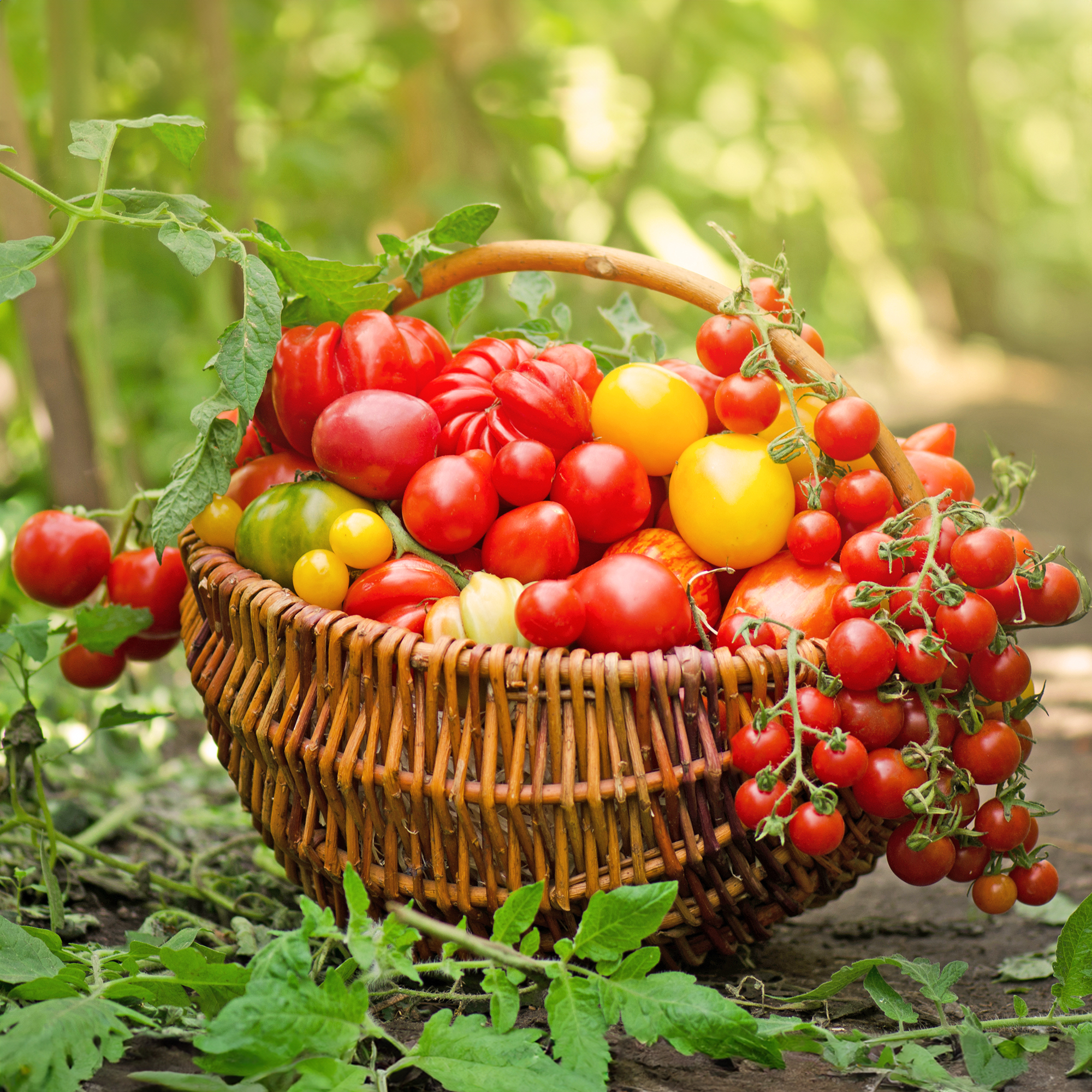 Types Of Tomatoes Explained: Explore The Many Wonderful Shapes, Colors, Flavors, & Best Uses
Types Of Tomatoes Explained: Explore The Many Wonderful Shapes, Colors, Flavors, & Best UsesThe world of tomato varieties is vast and fascinating. Learn about the key types to grow in your garden, tailored to your preferences and space.
By Amy Grant
-
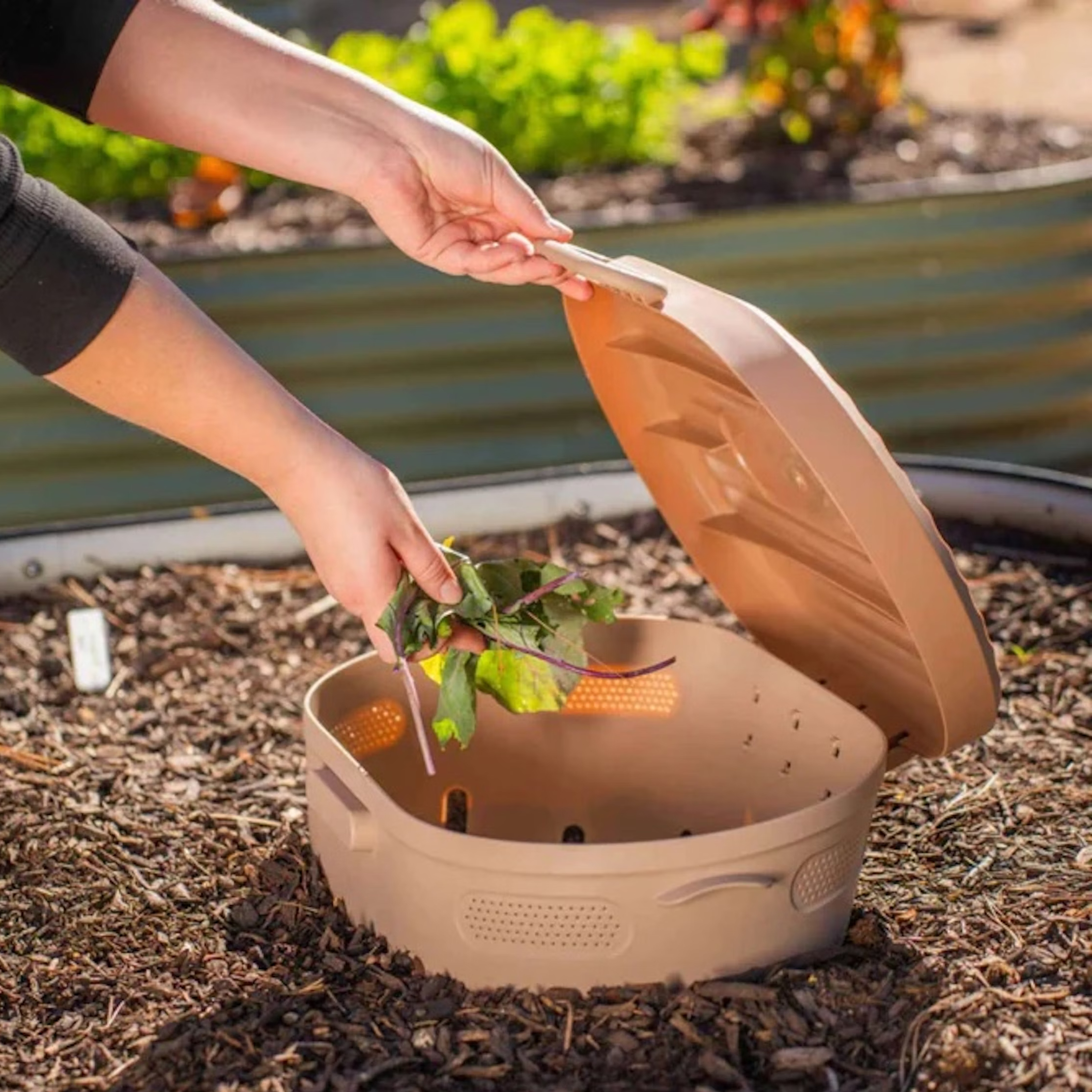 Try The Trend – Turn Any Bed Into A Keyhole Garden With This Clever In-Ground Composter
Try The Trend – Turn Any Bed Into A Keyhole Garden With This Clever In-Ground ComposterKeyhole gardening is an efficient and sustainable practice that saves space. Get started on this DIY project quickly and easily with an in-ground composter.
By Bonnie L. Grant
-
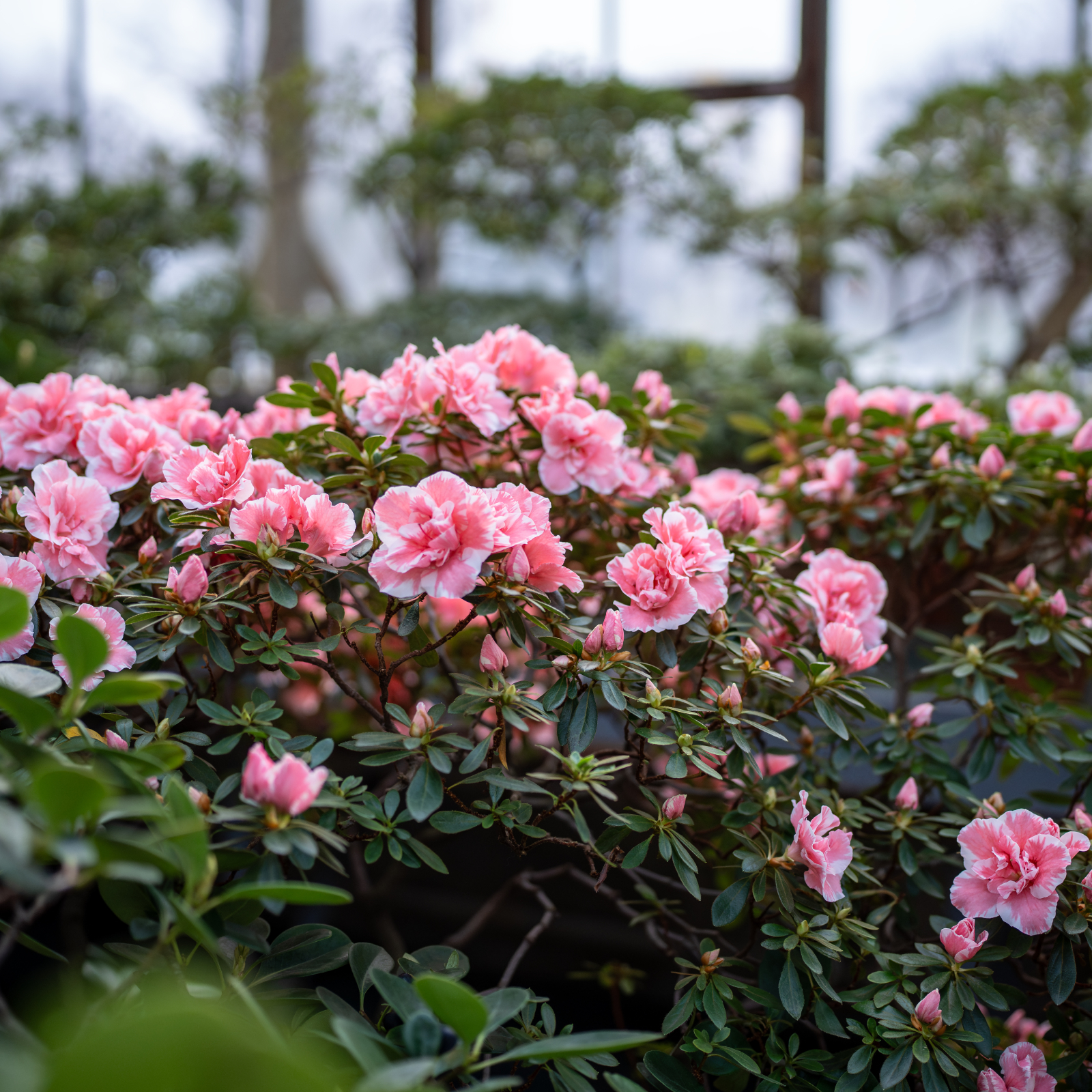 What Is The Size Of An Azalea? Explore Different Varieties That Will Suit Every Garden
What Is The Size Of An Azalea? Explore Different Varieties That Will Suit Every GardenThe size of azaleas can vary widely because they have been selectively bred for different landscape needs. Check out our picks for each size category.
By Mary Ellen Ellis
-
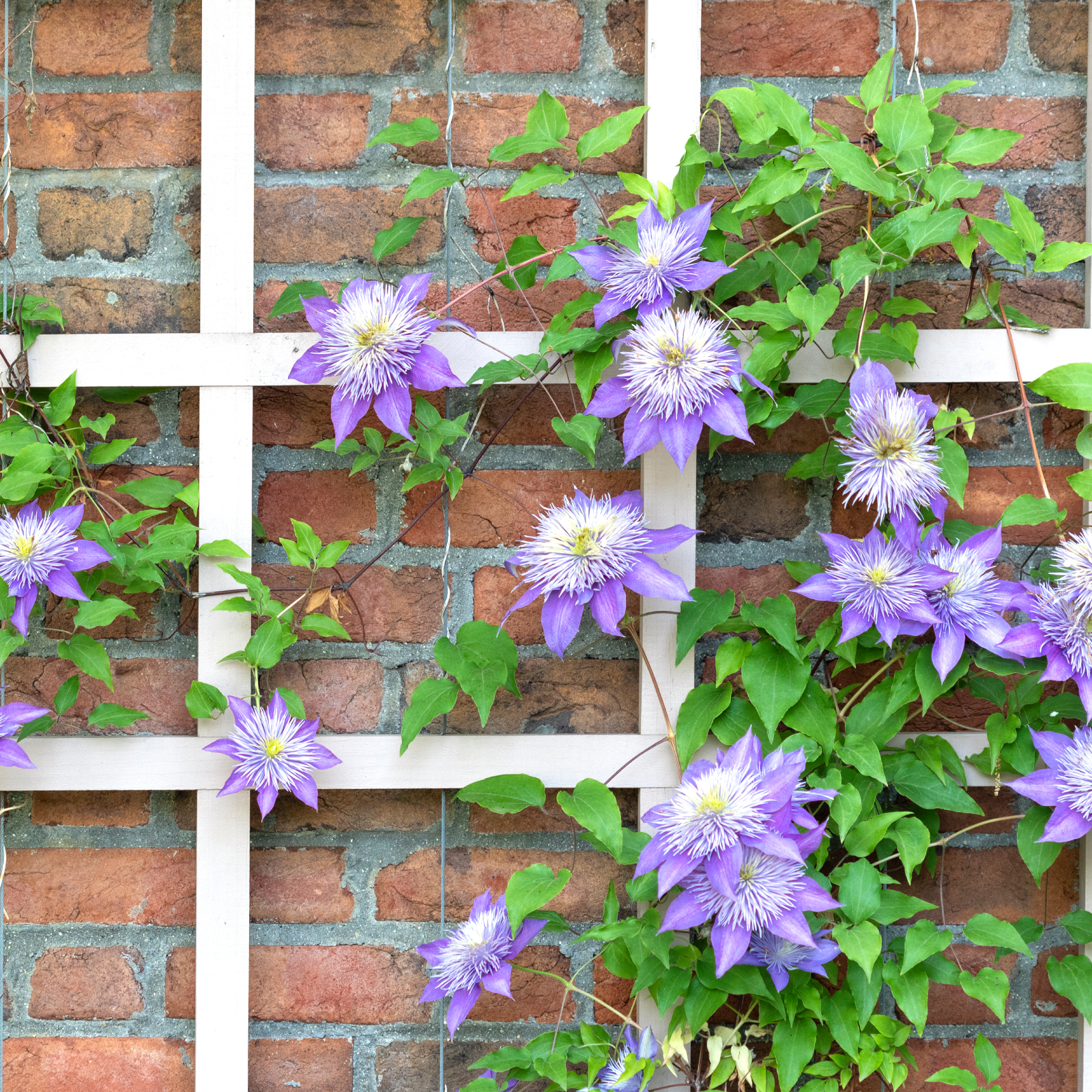 5 Fabulous Fast-Growing Vines – That Will Quickly Climb Any Arbor, Trellis, Or Fence
5 Fabulous Fast-Growing Vines – That Will Quickly Climb Any Arbor, Trellis, Or FenceThese fast growing vines are perfect for covering any eyesores in your yard or creating a living fence. They will provide great visual interest, as well.
By Amy Grant
-
 When To Plant Roses: The Best Time For Your Climate And Rose Type
When To Plant Roses: The Best Time For Your Climate And Rose TypePlant your roses at the right time and you will be rewarded with decades of glorious summer flowers – but get it wrong and you'll be crying over dead shrubs.
By Teo Spengler
-
 Spectacular Early Blooming Shrubs: 6 Sparkling Spring Flowering Bushes
Spectacular Early Blooming Shrubs: 6 Sparkling Spring Flowering BushesWant to kickstart your gardening year with dazzling spring flowering bushes for beds and borders? These unique early bloomers are sure to help you rise and shine!
By Teo Spengler
-
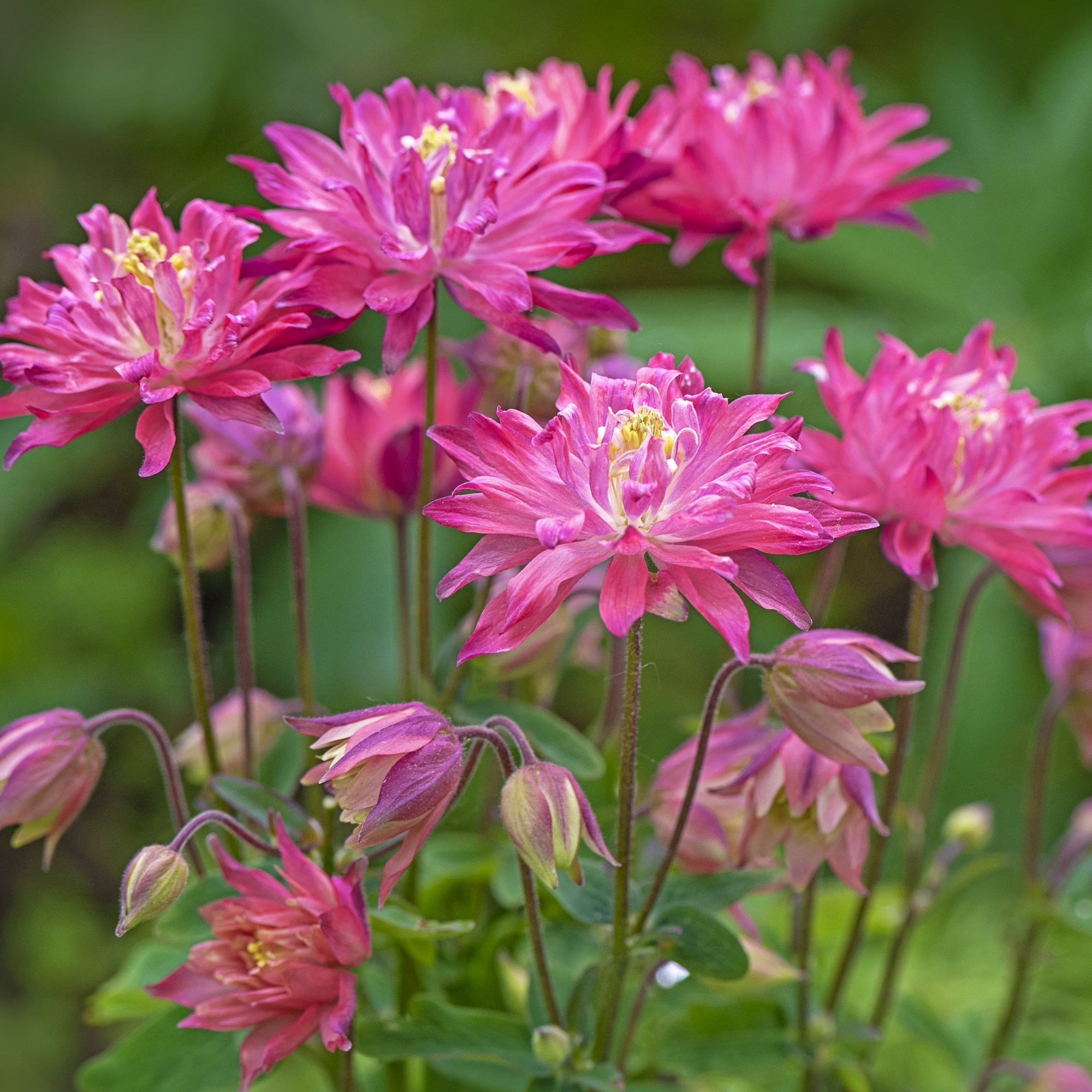 7 Shade-Loving Flowers To Start From Seed Now For A Stunning Summer Garden
7 Shade-Loving Flowers To Start From Seed Now For A Stunning Summer GardenTurn shady spots into vibrant new garden spaces with lovely and illuminating shade-loving flowers.
By Ellen Wells
-
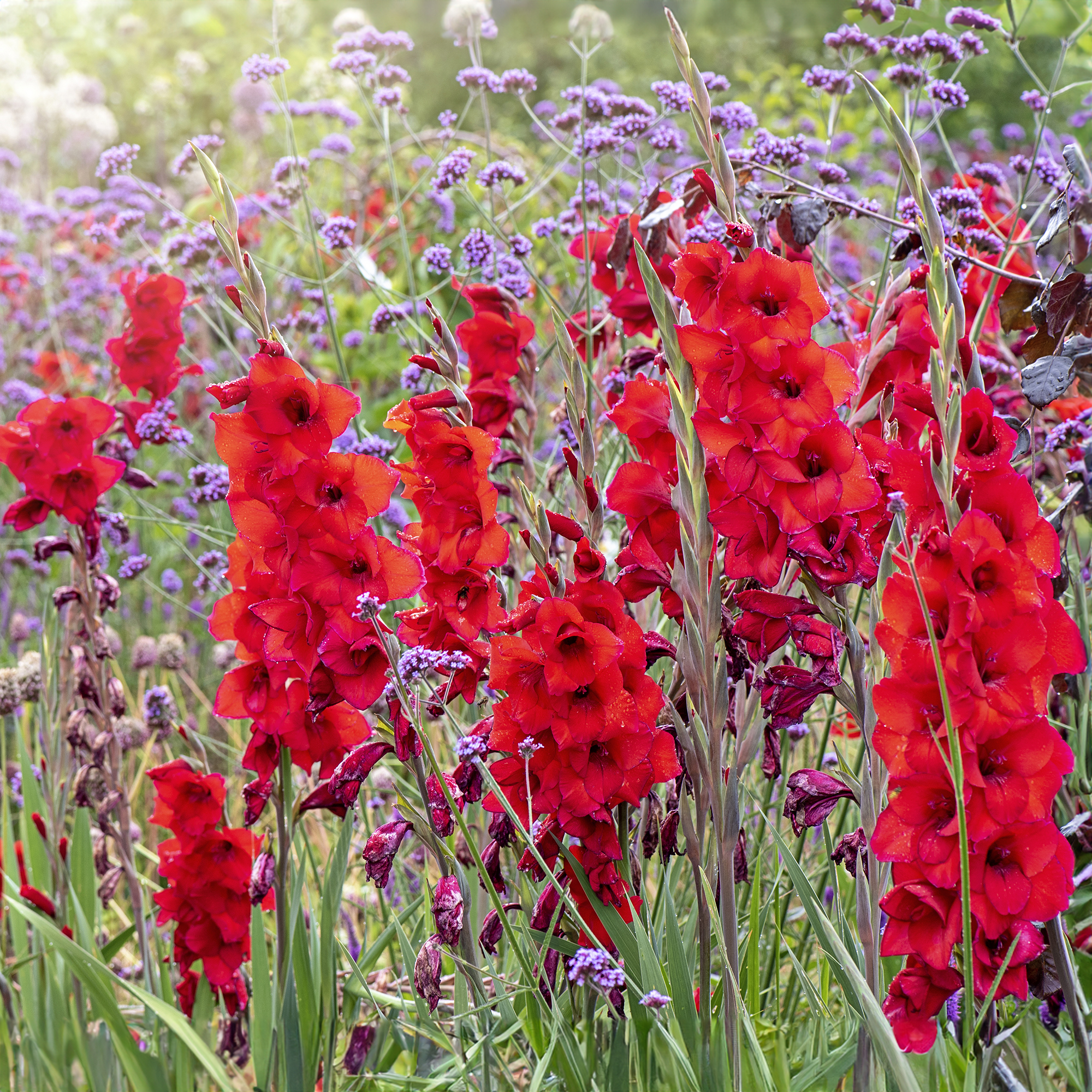 7 Summer-Blooming Bulbs To Plant In Early Spring: Don't Miss Months Of Glorious Flowers!
7 Summer-Blooming Bulbs To Plant In Early Spring: Don't Miss Months Of Glorious Flowers!Get a head start on stunning summer blooms with these easy-to-plant bulbs – act early and you will enjoy vibrant flowers that last for months on end.
By Mary Ellen Ellis
-
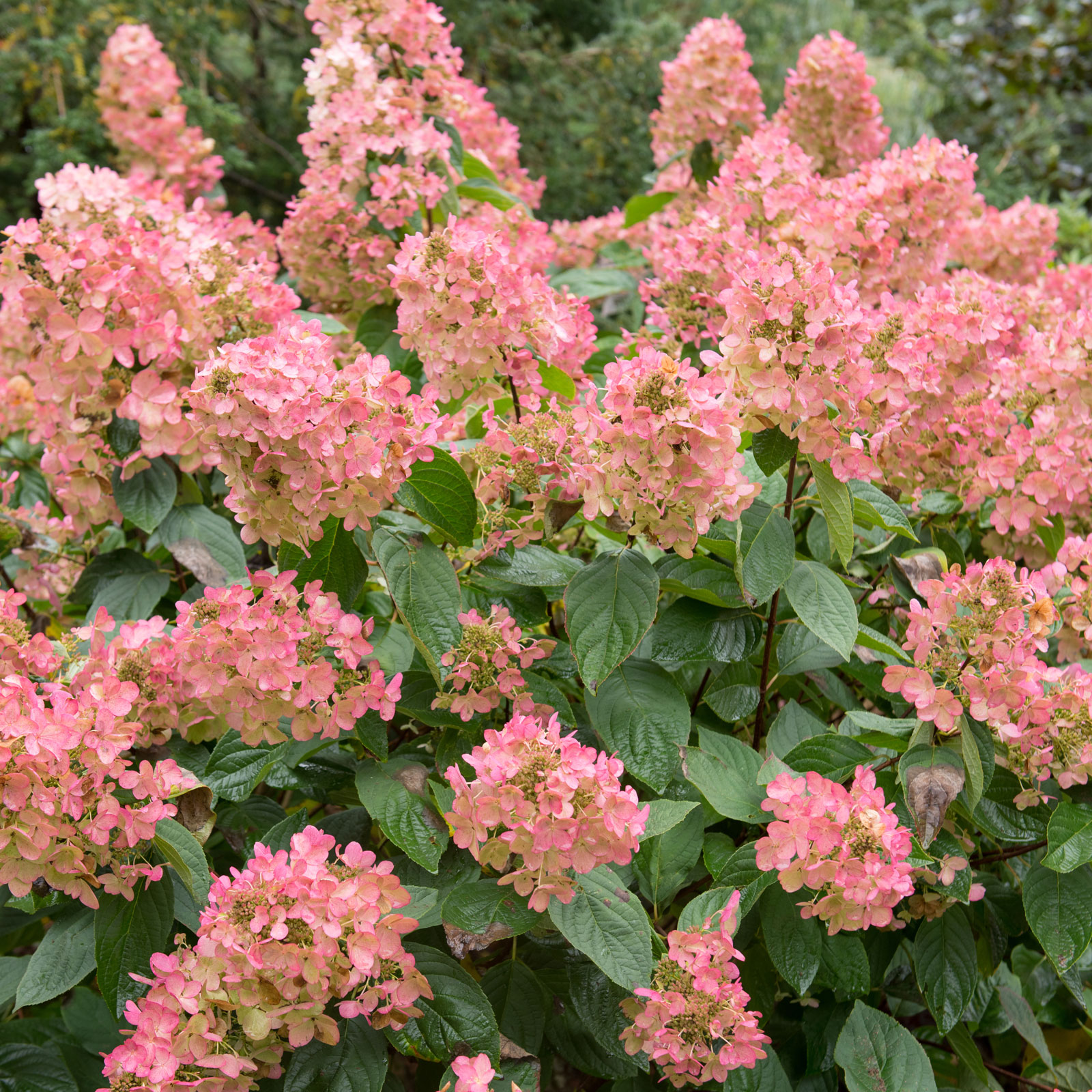 Quick Fire Hydrangea – The Elegant, Easy-Care Shrub Every Gardener Needs In Their Landscape
Quick Fire Hydrangea – The Elegant, Easy-Care Shrub Every Gardener Needs In Their LandscapeIf you’re after an early flowering panicle hydrangea that offers plenty of floral variety, the Quick Fire hydrangea goes big on visual dynamics from early summer to fall
By Tonya Barnett
-
 8 Rare Orchids That Make Stunning Houseplants – Some Are Surprisingly Easy To Grow
8 Rare Orchids That Make Stunning Houseplants – Some Are Surprisingly Easy To GrowDiscover unique orchids that will add exotic beauty to your home. Some make easygoing houseplants, while others offer a challenge for more seasoned growers.
By Melanie Griffiths